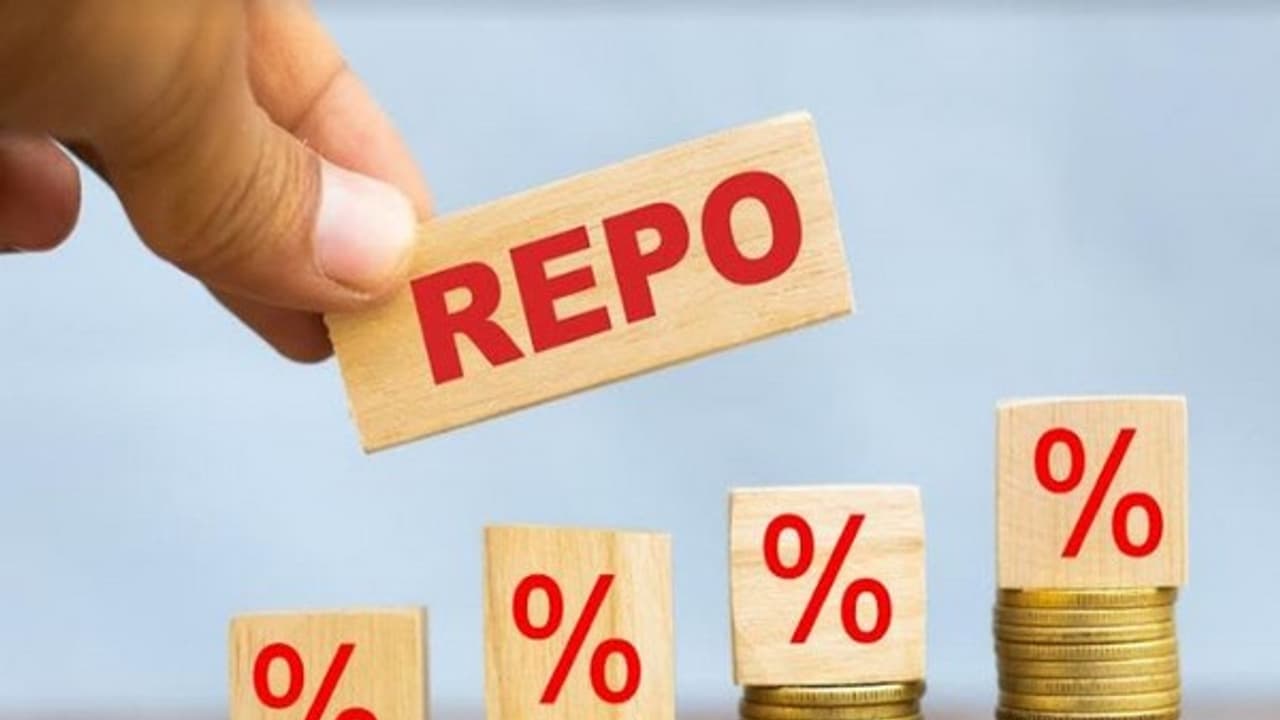RBI and government-nominated MPC members diverge on India’s economic outlook. RBI leadership expressed confidence in sustained growth, citing strong domestic demand and investments.
The latest minutes of the Reserve Bank of India’s (RBI) Monetary Policy Committee (MPC) meeting in August have shown a divide between the RBI leadership and government-nominated members over the growth outlook of the Indian economy, according to a report by Union Bank of India. The report noted that RBI Governor Sanjay Malhotra and Deputy Governor Poonam Gupta remained confident about the resilience of India’s growth trajectory. In contrast, government-nominated members Dr. Saugata Bhattacharya and Dr. Nagesh Kumar expressed a more cautious view.
The report stated, “Divide seen between RBI and Govt. members on growth outlook.”
The RBI members pointed to robust domestic demand, a healthy pipeline of investments, and an uptick in rural consumption as major supporting factors for sustained momentum.
Despite global challenges, both emphasised that high-frequency indicators continue to signal strength in the underlying recovery. The central bank leadership reiterated confidence that growth momentum could be maintained through FY26-27.
While the government-nominated members highlighted rising global tariff uncertainties, especially recent tariff measures introduced by the United States, as a significant downside risk to India’s external sector. They cautioned that increasing trade barriers could negatively impact exports, dampen investment sentiment, and slow down manufacturing growth.
According to the report, both nominees highlighted that such vulnerabilities may weigh on India’s otherwise resilient economy.
The divergence of views within the MPC has also raised questions about the balance between supporting growth and maintaining inflation control.
The August minutes further highlighted differing opinions on the scope for monetary easing.
Outgoing RBI nominee Dr. Rajiv Ranjan acknowledged that the current macroeconomic conditions offer space for a potential rate cut. He pointed to the softening trend of headline inflation and the resilience in growth as factors that could justify such a move.
However, Dr. Ranjan suggested that any decision on rate cuts should be deferred for now. He argued that retaining policy flexibility was essential, given the uncertainties surrounding both global and domestic risks.
Supporting his dovish stance, the government nominees indicated that the evolving inflation-growth balance might indeed provide room for a rate reduction in the near future.
The minutes, therefore, reflect a divide among MPC members, with RBI leadership taking a growth-supportive stance while government nominees remain cautious about external risks.
